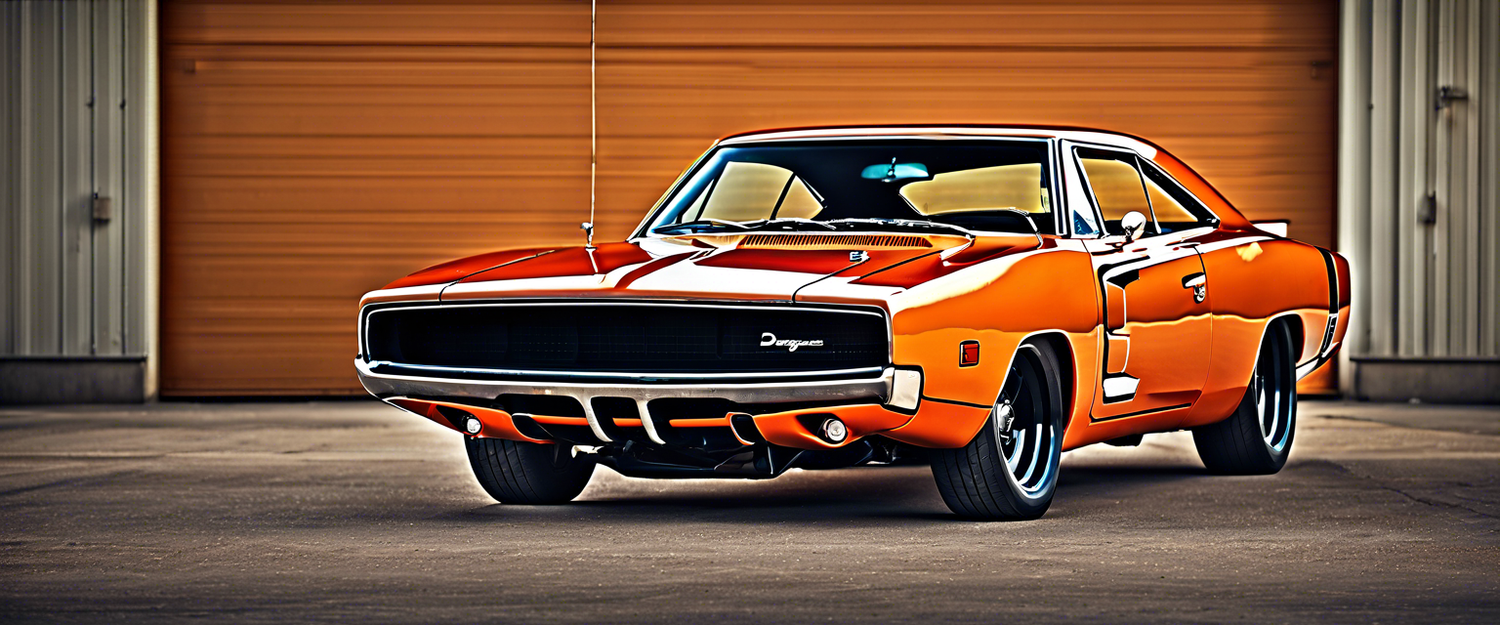The Future of Electric Vehicles: Stellantis Leads the Charge with Semi-Solid-State Battery Technology
Stellantis, the automotive giant behind brands such as Dodge, Jeep, and Maserati, has announced its plans to deploy a demonstration fleet of Dodge Charger Daytonas equipped with semi-solid-state battery technology by 2026. This breakthrough technology is expected to enhance the electric vehicle (EV) landscape, making cars lighter, more energy-dense, and more cost-effective for consumers.
What Are Semi-Solid-State Batteries?
Unlike conventional batteries that use liquid electrolytes, Stellantis' upcoming Charger Daytonas will utilize semi-solid-state batteries. This innovative technology blends elements of solid-state batteries and traditional lithium-ion systems, providing the benefits of increased range and reduced weight without entirely eliminating the risks associated with liquid electrolytes. As highlighted by Factorial, the manufacturer of these batteries, the semi-solid-state approach can potentially increase EV range by up to 50 percent compared to current lithium-ion batteries.
Beyond the Charger: Expanding Battery Technology
The Chargers will be built on Stellantis' STLA Large EV platform, which is designed to support a range of vehicles across various brands within the Stellantis portfolio. If the demonstration proves successful, this battery technology could soon find its way into other brands such as Maserati and Jeep, indicating a broad strategy for electrification across the company.
Industry Trends in Solid-State Battery Development
The announcement from Stellantis is a significant step for the EV industry, which has seen mixed results in solid-state technology development. While companies like Nissan and Fisker have faced challenges in launching solid-state batteries, other manufacturers are pushing forward. For instance, Volkswagen recently confirmed that its battery technology has successfully passed endurance testing, showing promising signs of viability.
In parallel, other automakers are also making strides in the semi-solid-state and solid-state realms. Hyundai and Mercedes have invested in Factorial, with plans to integrate its semi-solid-state batteries into EVs by 2026. Additionally, Honda and Toyota have laid out ambitious roadmaps for introducing solid-state EVs with substantial ranges within the next few years.
Looking Ahead: Global Developments in Solid-State Battery EVs
China is also advancing in this sector; for example, IM Motor launched the L6, an EV equipped with semi-solid-state battery technology, earlier this year. Similarly, the MG brand has announced plans to unveil a semi-solid-state battery-driven EV in Europe next year, underscoring the global competition in the EV market.
Conclusion
The shift towards semi-solid-state battery technology marks an exciting era for the electric vehicle market, with Stellantis at the forefront. As automakers continue to innovate and refine battery technologies, consumers can look forward to a future of more efficient, powerful, and accessible electric vehicles.
Call to Action
Stay tuned for more updates on electric vehicle innovations and related industry trends by subscribing to our newsletter!



Залишити коментар
Усі коментарі модеруються перед публікацією.
This site is protected by hCaptcha and the hCaptcha Privacy Policy and Terms of Service apply.